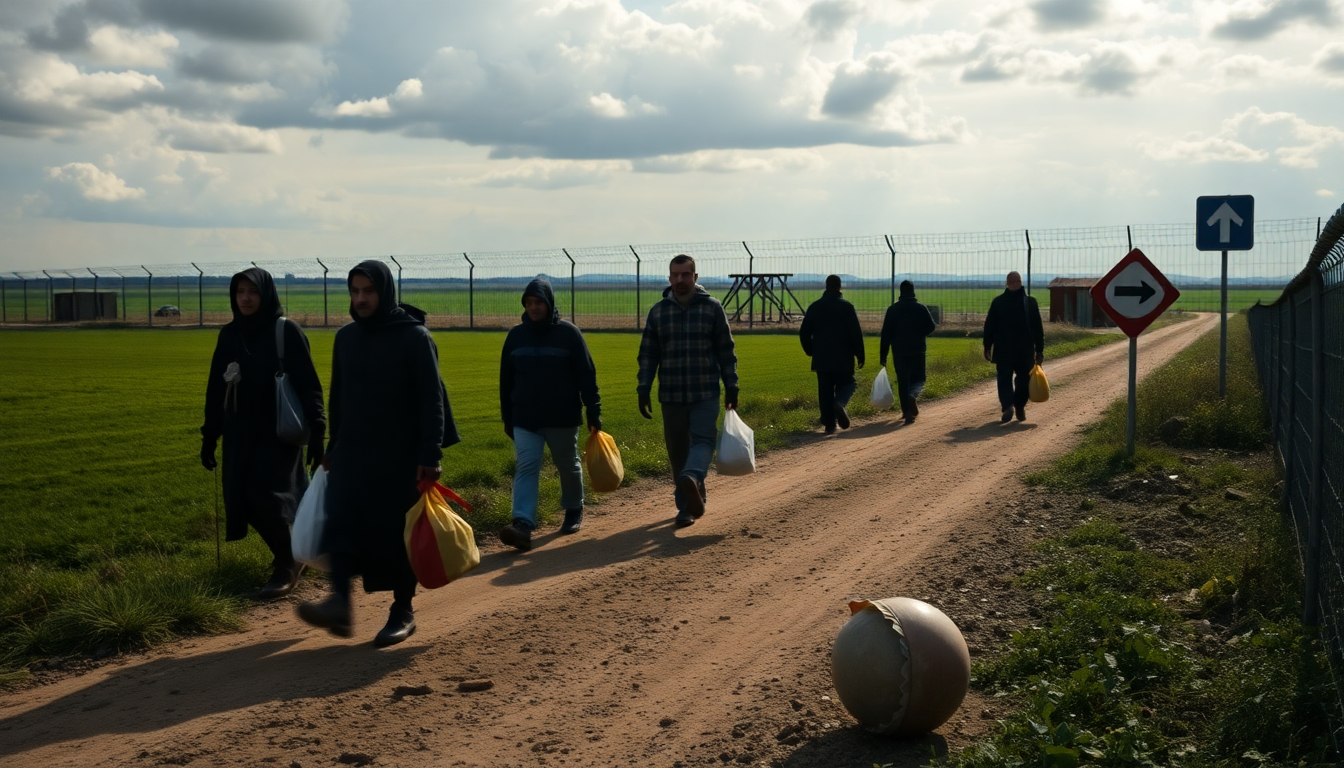Table of Contents
The dynamics of migration within the European Union have become a hot topic in political discussions and policy-making lately. Have you noticed how the latest data from the EU’s border agency, Frontex, reveals some striking shifts in the patterns of illegal crossings? The numbers tell a compelling story, showing a significant drop in the number of migrants entering the EU illegally. But what’s driving this change, and what could it mean for the future?
Current Migration Statistics and Their Significance
According to Frontex, the first half of 2025 recorded a total of 75,900 illegal crossings into the EU—marking a substantial 20 percent decline from previous years. So, what’s behind this decrease? It seems that countries of departure are stepping up their game, implementing stronger prevention measures to manage the flow of migrants. This proactive approach, coupled with Frontex’s expanded operations beyond EU borders, suggests a strategic pivot aimed at tackling the migration issue directly at its roots.
Interestingly, the report points to a significant drop in entries via the Western Balkans and along the eastern border with Belarus, as well as from West Africa. However, there’s a twist in the tale: illegal crossings into the United Kingdom from the EU have actually surged by 23 percent, amounting to 33,200 attempts. This contrast between declining figures in the EU and increasing migration pressure towards the UK presents a complex scenario that policymakers will need to navigate carefully.
Challenges on the Central Mediterranean Route
The Central Mediterranean route remains a critical and perilous pathway for migrants, accounting for a shocking 39 percent of all irregular arrivals. Sadly, this route has also seen a tragic loss of life, with estimates indicating that around 760 individuals perished in the Mediterranean during the first half of this year alone. This stark statistic serves as a powerful reminder of the human cost associated with migration and highlights the urgent need for comprehensive strategies to ensure safety and protection for those seeking refuge.
Currently, Frontex employs around 3,000 agents, but plans are in motion to gradually increase this number to 10,000, with the European Commission proposing an expansion to 30,000 personnel. This scaling up of resources reflects a growing recognition of the challenges posed by migration and a commitment to fortifying EU borders against illegal crossings.
Political Responses and Future Outlook
As migration continues to dominate the political agenda, leaders like Denmark’s Prime Minister Mette Frederiksen are calling for stricter migration regulations. Her statement that citizens deserve to feel safe in their countries underscores the pressing need for effective governance in managing migration flows. The push for enhanced external border security aligns with broader EU strategies aimed at collaboratively tackling migration challenges.
Meanwhile, Ukrainian officials are seeking increased support amid their ongoing crisis, underscoring the interconnectedness of global migration issues. Adding to the complexity, a recent audit from the European Parliament has revealed irregular spending by a now-defunct political group, further complicating the narrative surrounding migration and governance in the EU.
As the situation continues to evolve, it’s crucial for policymakers to strike a balance between humanitarian considerations and security concerns. How can the EU remain a safe haven while also addressing the complexities of migration? The coming months will be pivotal in shaping the future of migration policy within the bloc, and it’s a story that’s still being written.


